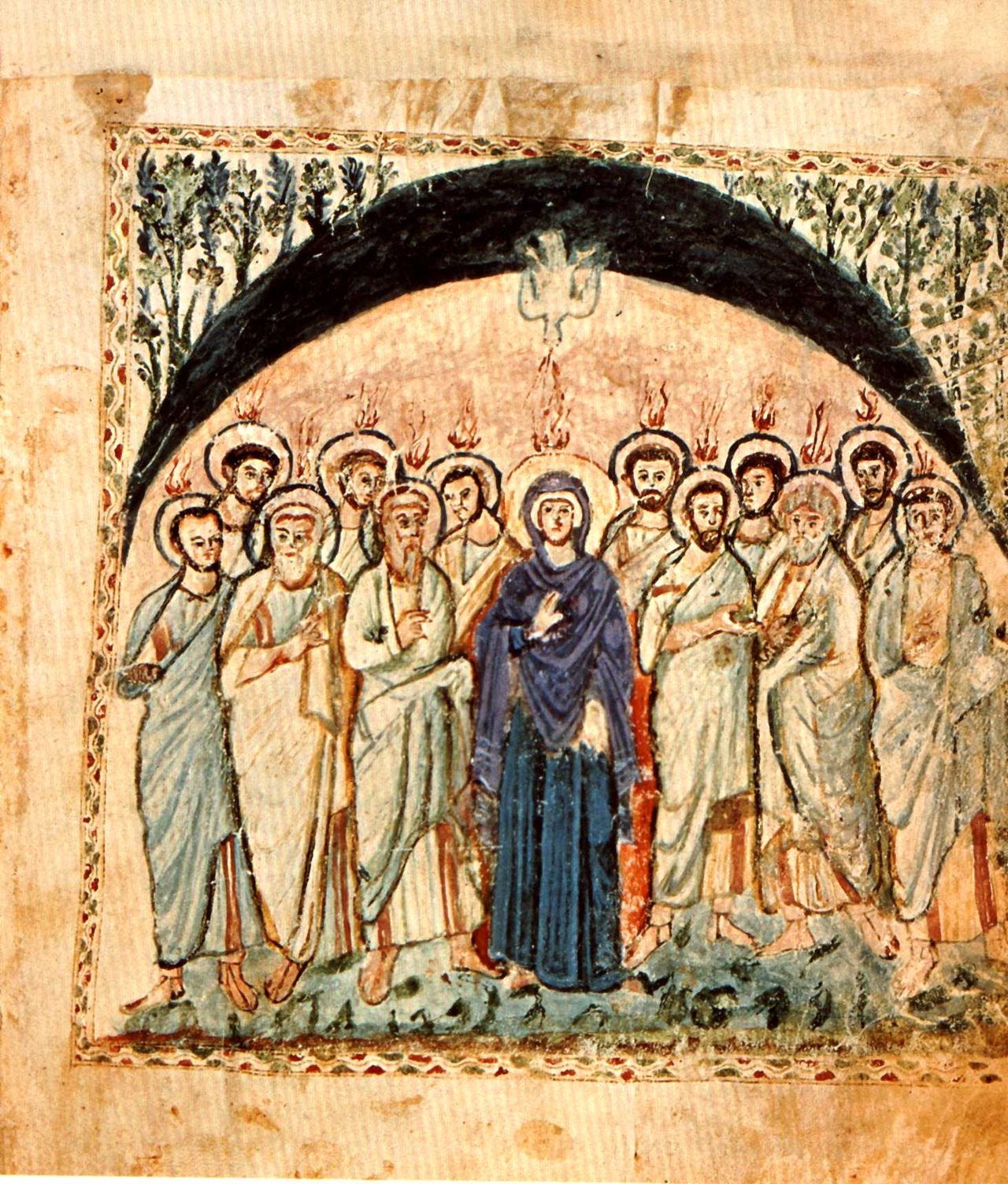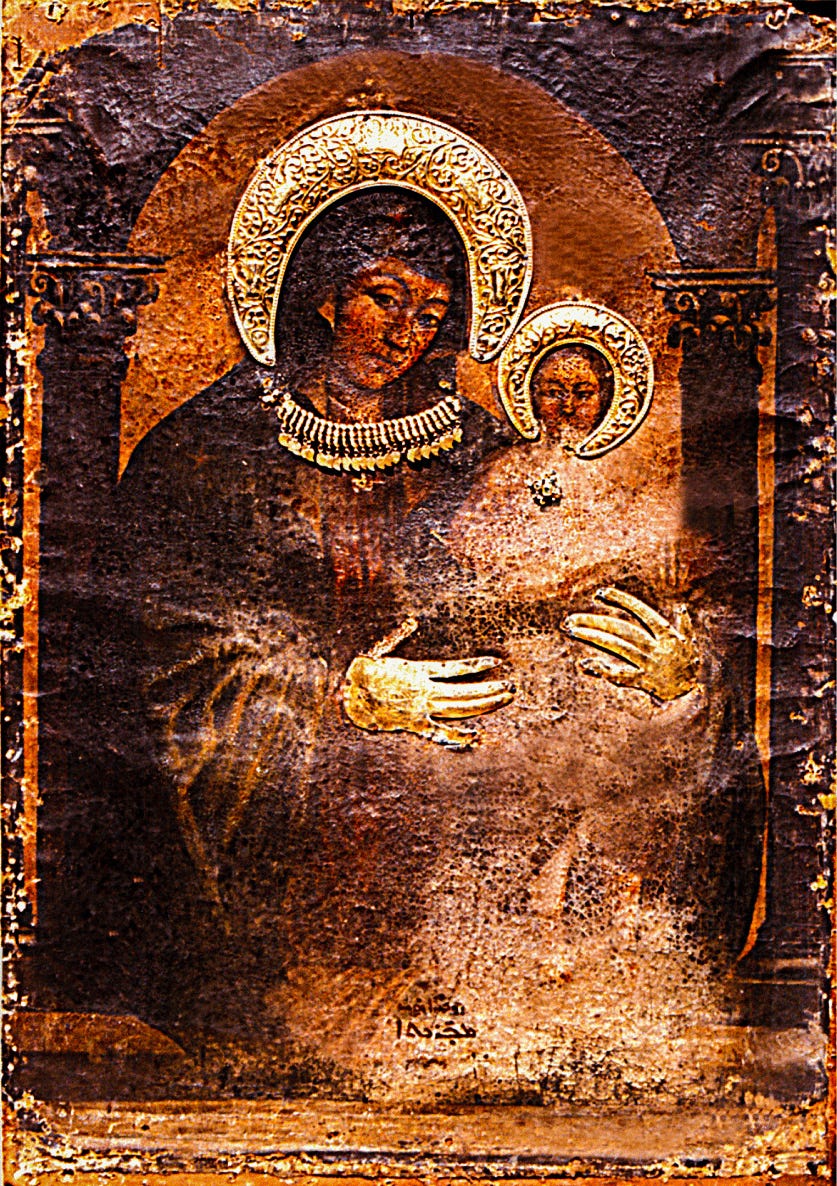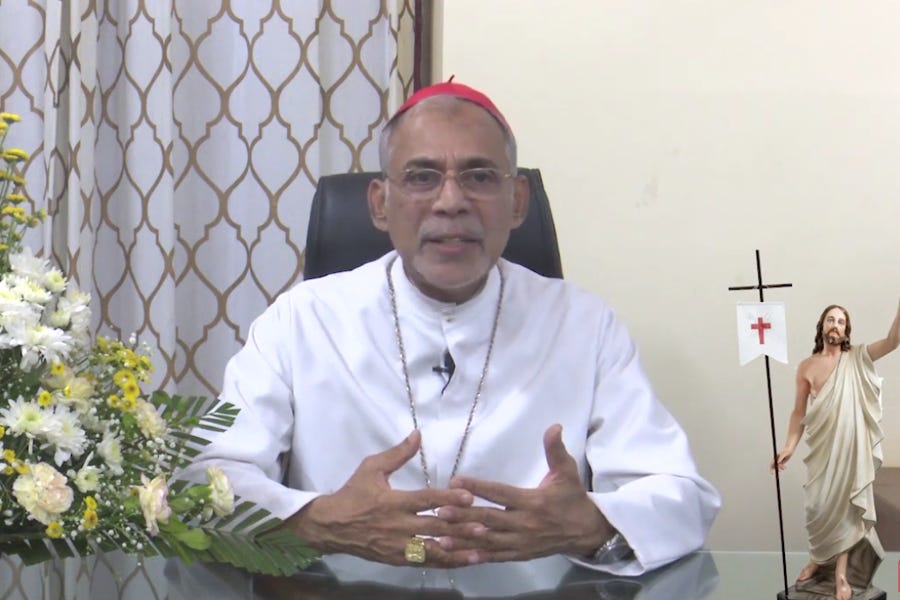Sunday, May 23, is Pentecost Sunday, on which the Church celebrates the descent of the Holy Spirit upon the apostles and disciples, gathered in Jerusalem after Christ’s ascension.
To celebrate, The Pillar brings you a set of fascinating Pentecost insights, customs, and traditions. Read up:
Shower of roses
Since the early centuries of the Church, rose petals have fallen from the oculus of the Pantheon in Rome on Pentecost Sunday, as a symbol of the descent of the Holy Spirit. These days the flower petals are dropped through the oculus by Roman firefighters.
Take a look:
And here you can watch Italian firefighters climb the Pantheon dome and drop the rose petals:
This is where Pentecost took place. Sort of.
The Cenacle, also called the “Upper Room,” is a site in Jerusalem venerated as the place where both the Last Supper and the descent of the Holy Spirit at Pentecost actually took place.
Pope Francis celebrated Mass there in 2014.
But the history of the site is, like many things in Israel, complicated.
Archeologists know that pilgrims have prayed at the site of the Cenacle since at least the fourth century, and have long revered it as the place of the “Upper Room.”
There was probably a synagogue on the site in the fourth century, which seems likely to have been used for worship by Jewish Christians.
Around 380, the Hagia Sion Basilica was built on the site, by order of the Roman emperor Theodosius I. In the centuries after that, the Cenacle was repaired or renovated several times, as the church around it was destroyed and then rebuilt.
The church was cared for by Syrian Christians, and then by Franciscans, until it became a mosque in 1524, at the order of Ottoman authorities. Christians did not officially return to the Cenacle until 1948, when the nation of Israel was established.
The word “cenacle” by the way, comes from the Latin cenaculum, which means “dining room.”
Or maybe this is where Pentecost took place?
There is in Jerusalem another room, at the site of nearby St. Mark’s Syrian Orthodox Church, which is also believed by some Christians to be the Upper Room where the Last Supper and Pentecost took place.

The same church also has an ancient icon of the Blessed Virgin Mary, which longstanding pious custom holds was made by St. Luke the Evangelist.
Like, St. Luke, the guy who wrote the Gospel of Luke. Apparently he also made icons:
Don’t fear the fire
Cardinal Joseph Ratzinger, later Pope Benedict XVI, on Pentecost in the lives of Christians:
“Whoever, of course, meets the average Christian of today must ask himself: Where is the tongue of fire?…Only when we do not fear the tongue of fire and the storm it brings with it does the Church become the icon of the Holy Spirit. And only then does she open the world to the light of God.”
Praying for a “new Pentecost.”
In 1962, as he prepared for the Second Vatican Council, Pope St. John XXIII prayed for a “new Pentecost” in the Church:
“Renew Your wonders in this our day, as by a new Pentecost. Grant to Your Church that, being of one mind and steadfast in prayer with Mary, the Mother of Jesus, and following the lead of blessed Peter, it may advance the reign of our Divine Savior, the reign of truth and justice, the reign of love and peace. Amen.”
“Over the years, I have often repeated the summons to the new evangelization. I do so again now, especially in order to insist that we must rekindle in ourselves the impetus of the beginnings and allow ourselves to be filled with the ardour of the apostolic preaching which followed Pentecost. We must revive in ourselves the burning conviction of Paul, who cried out: ‘Woe to me if I do not preach the Gospel.’”
…
“The missionary mandate accompanies us into the Third Millennium and urges us to share the enthusiasm of the very first Christians: we can count on the power of the same Spirit who was poured out at Pentecost and who impels us still today to start out anew, sustained by the hope ‘which does not disappoint.’”
Pope Benedict XVI also urged prayer for the descent of the Holy Spirit:
“Let us implore from God the grace of a new Pentecost for the Church in America. May tongues of fire, combining burning love of God and neighbor with zeal for the spread of Christ’s Kingdom, descend on all present!”
As has Pope Francis:
“We need to pray for a New Pentecost for the Church in this hour!… The Church needs to rise up in this hour with the same power with which she transformed the world of the first centuries. She can — by the power of the Holy Spirit!”
The Kneeling Prayers
In both Orthodox and Eastern Catholic Churches, Vespers, or evening prayer, includes three long, theologically rich prayers called the “Kneeling Prayers.”
In the beautiful complexity of Byzantine liturgical prayers, here is the first sentence of the Prayer of the First Kneeling:
Immaculate, undefiled, without beginning, invisible, incomprehensible, unsearchable, unchangeable, unsurpassable, immeasurable, long-suffering Lord, who alone possesses immortality and dwells in unapproachable light; who made the heaven, the earth and the sea and all that was created in them; who grants to all their requests before they ask; we pray and beseech you, Master who loves mankind, the Father of our Lord and God and Savior Jesus Christ, who for our sake and for our salvation came down from heaven and was incarnate from the Holy Spirit and Mary, the ever-virgin and glorious Mother of God; teaching us first by words and later also showing us by deeds, when he underwent the saving Passion, he granted us, your humble, sinful, and unworthy servants, an example to offer supplications by the bending of neck and knees for our sins and those committed in ignorance by the people; do you then, who are full of mercy and love for mankind, hear us on whatever day we call upon you, but especially on this day of Pentecost, on which, after our Lord Jesus Christ had been taken up and been enthroned at your right hand, God and Father, he sent down on his disciples and Apostles the Holy Spirit, who settled on each one of them, and they were all filled with his inexhaustible grace and spoke in strange tongues of your mighty works and prophesied.
These prayers signal that kneeling is once again allowed, after the Easter season, when kneeling is not customary in Eastern Churches.
Check out the Kneeling Prayers here:
Holy Ghost keeps me hanging on
The Holy Spirit has been a part of the blues tradition, which has fascinating connections to American Pentecostalism, from its very beginning.
Here’s legendary bluesman Blind Willie Johnson, singing about the “Latter Rain” of the Holy Spirit, a reference to the book of Joel:
And here’s the great Mavis Staples, singing about “hangin’ on” and the Holy Ghost:
And just because it’s awesome, here’s Bukka White singing “Crying Holy Unto the Lord.” This isn’t really about Pentecost or the Holy Spirit, but you’ll not regret listening to it:
Blessed Pentecost, everybody.





